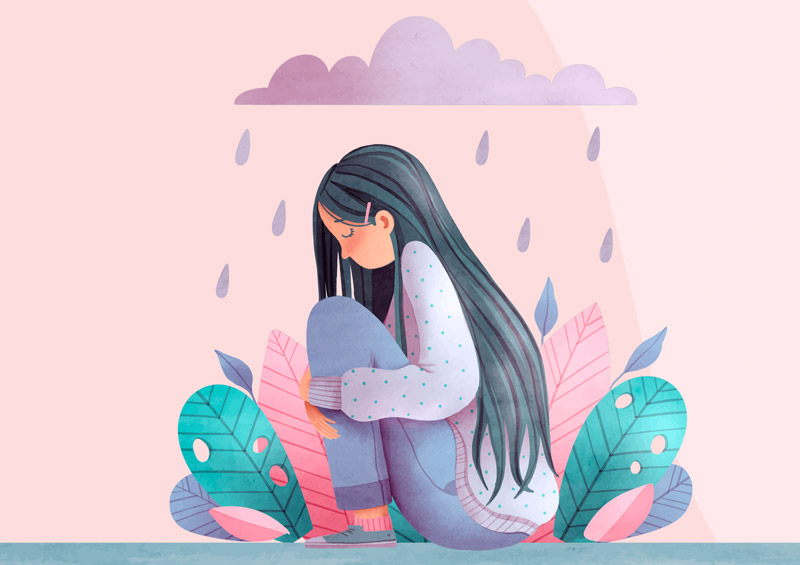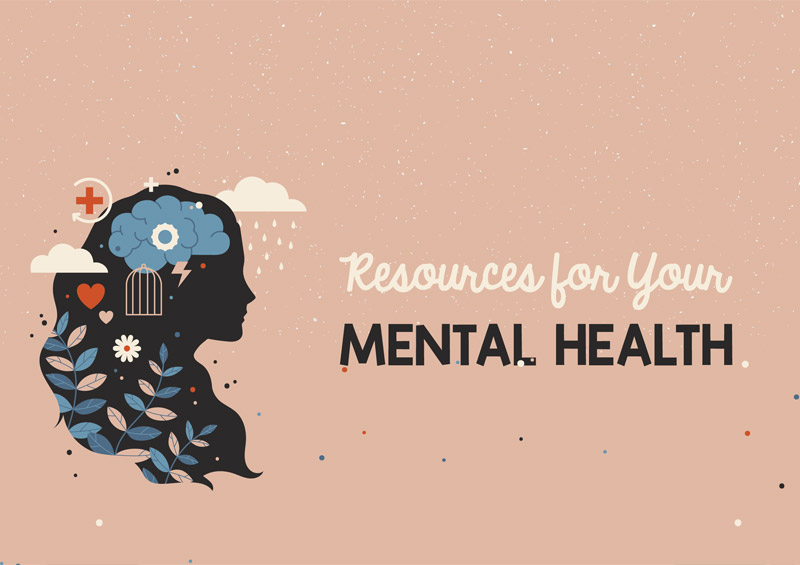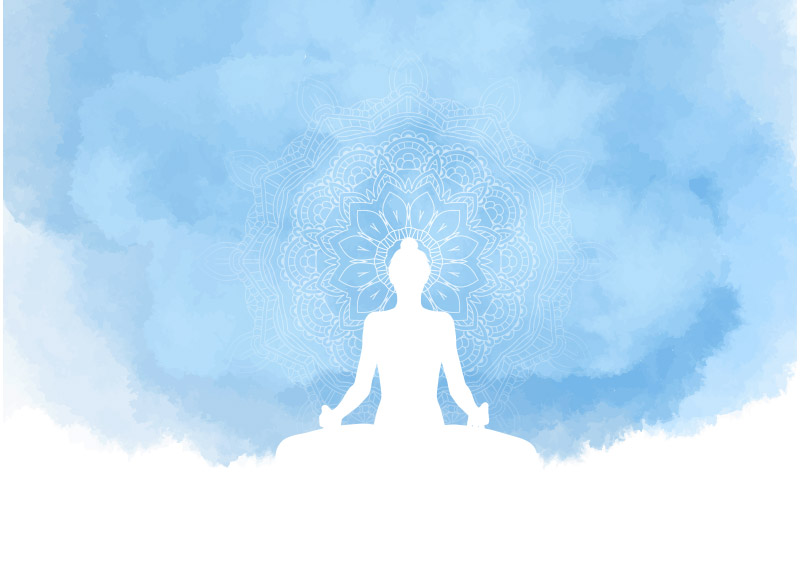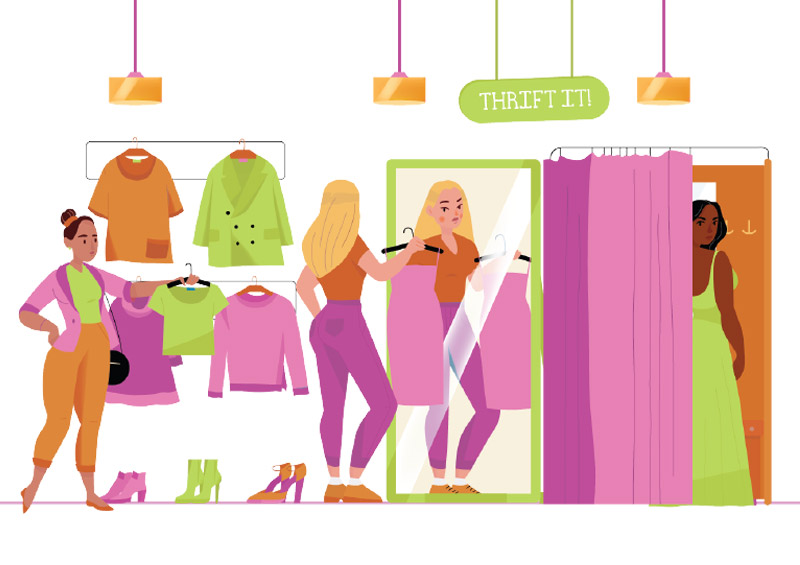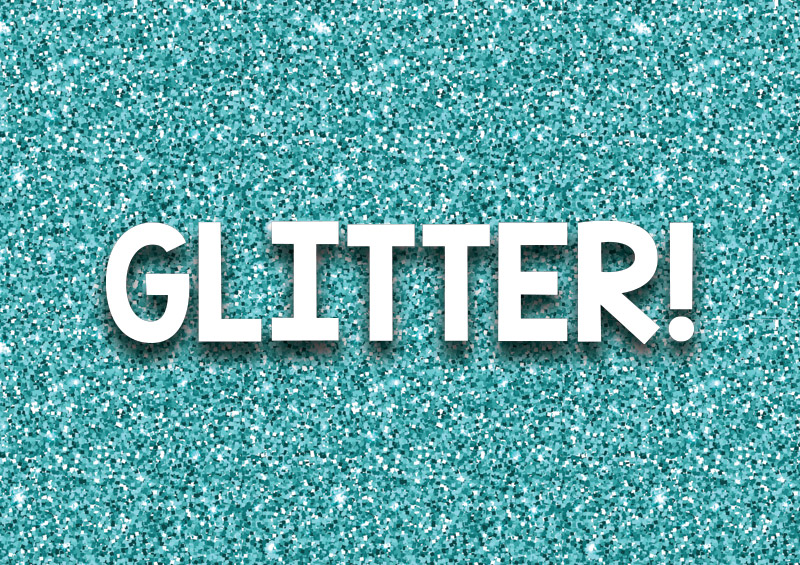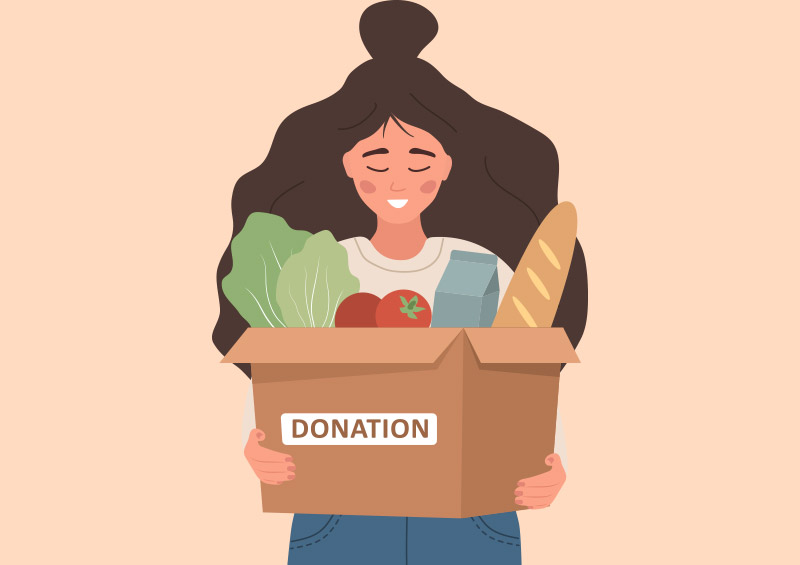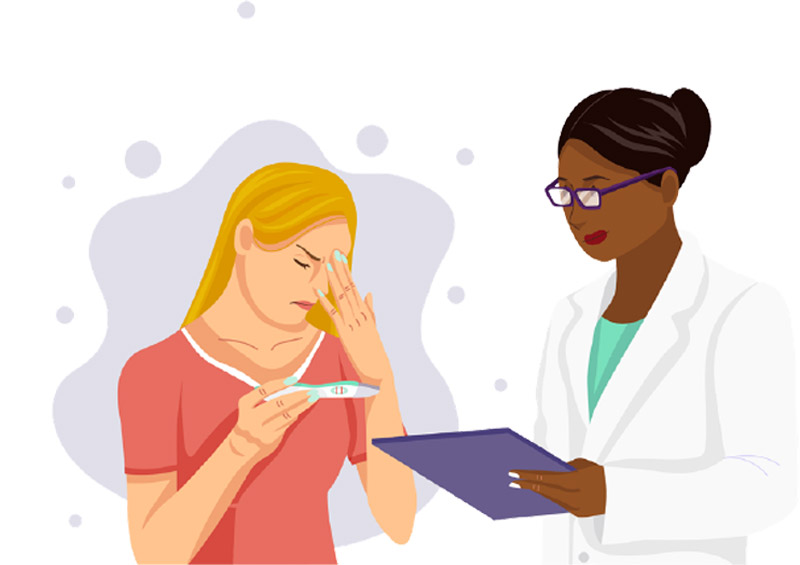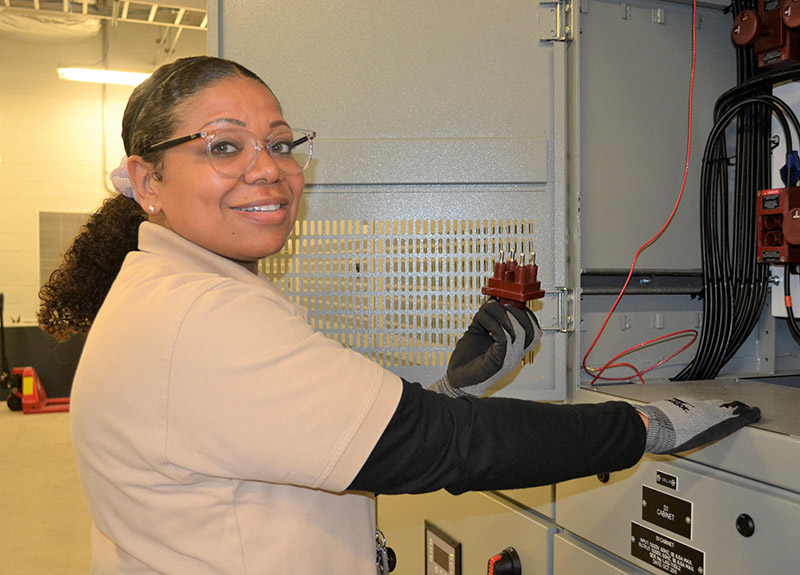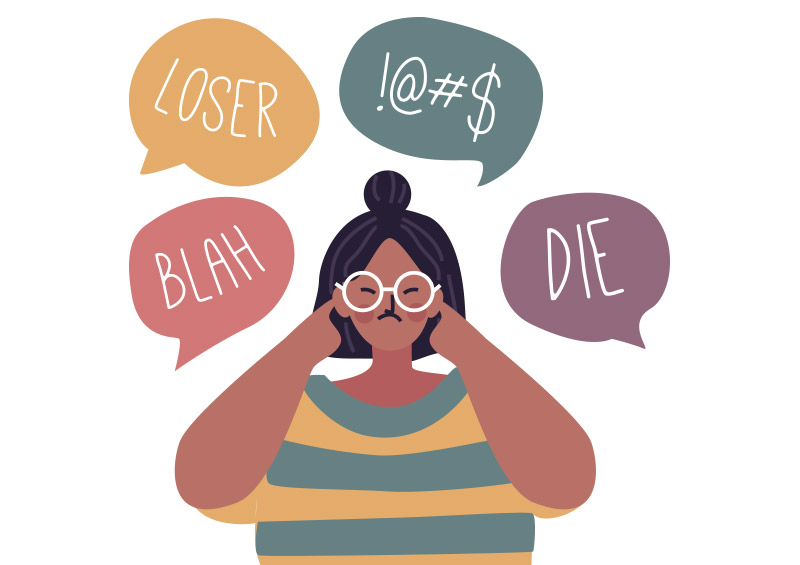When we think of bullying, we often think of physical harm (e.g., someone hitting or kicking someone), but physical bullying is not the most common type of bullying. Focusing solely on this type of bullying often leads people to overlook the many other types of bullying that exist, like verbal, relational, sexual, and cyber-bullying. The most common type of bullying is verbal bullying (e.g., name-calling). Among girls, the type of bullying that is most common and often goes unseen is relational bullying, which can also happen online. This kind of bullying involves purposefully ignoring, isolating, or shunning someone and is frequently experienced most dramatically during middle school. It can look like intentionally not inviting someone to a sleepover, telling others not to talk to or interact with someone, or anything at all that intentionally excludes someone.
School rules about bullying often only address physical or verbal bullying, and rules about hitting and name-calling don’t apply to relational bullying, so this type of very damaging bullying often goes unseen (especially by adults) and unaddressed. To be clear, this doesn’t mean we can’t have social boundaries or preferences. Respectfully stating our needs is fine (actually, it’s great!), but consistent exclusion of someone is NOT ok. As they say at many primary schools: find a way for everyone to play.



